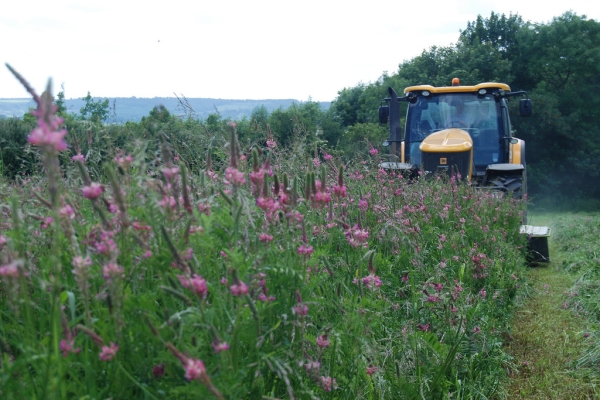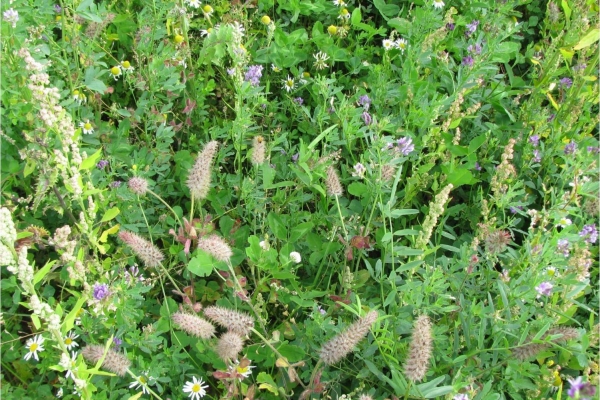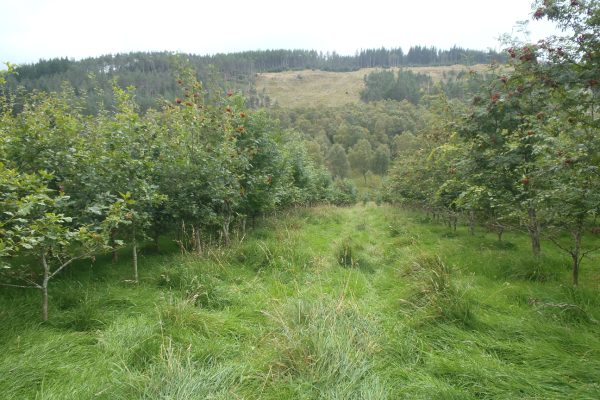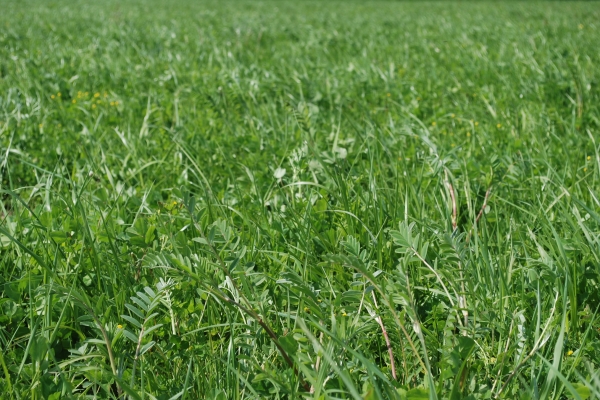Getting to the Root of Rhizobia to Improve Agricultural Yields
Rachel Roberts, University of Reading
Resource explained
Rhizobia (soil bacteria that fix nitrogen (N) after becoming established in legume root nodules), are essential in determining the effectiveness of legumes on your farm. In this 7.42-minute podcast, the University of Reading’s microbiologist Rachel Roberts talks about how rhizobia can improve crop yields. She explains the importance of N and the role of rhizobia in helping legumes access atmospheric N. She describes what she can see with a pea plant and how the root nodule appearance is indicating that they are fixing N. She also describes what she can see in an agar dish; referring to the polysaccharides that rhizobia produce and their essential functions. She talks about survival of bacteria in the soil and the way they search out legume roots. She outlines her fascinating work on lucerne; identifying the right rhizobia to enable N fixation, and explains how lucerne can be used and its beneficial properties.
Findings & recommendations
- It is emphasised that using legumes could reduce the need for nitrogen (N) fertilisers.
- The polysaccharides that rhizobia produce help them to move through soil, stick to plant roots and increase soil structure, binding soil aggregates together.
- Lucerne’s deep reaching roots makes it able to access water and nutrients from way down in the soil profile. With climate instability, this provides more reliability of fixing N; your standard clover mix might not cope with the heat and drought whereas lucerne would. It is also very good for cattle and horses as it provides a high quality feed fodder.
- Rachel Roberts explains that because lucerne originated in the Middle-East, compatible rhizobia can not necessarily be found in British soils. When you plant lucerne, you need to ensure it has the right rhizobia so it can fix N efficiently. She is working to identify different strains of Rhizobium that are helping lucerne to grow outside of its native region. She hopes to reach the point whereby you will be able to match your soil type to the right strain, adding it as an inoculum to the seed as you drill the seed into the soil.
- A transcript accompanies the podcast link.








